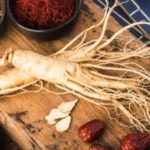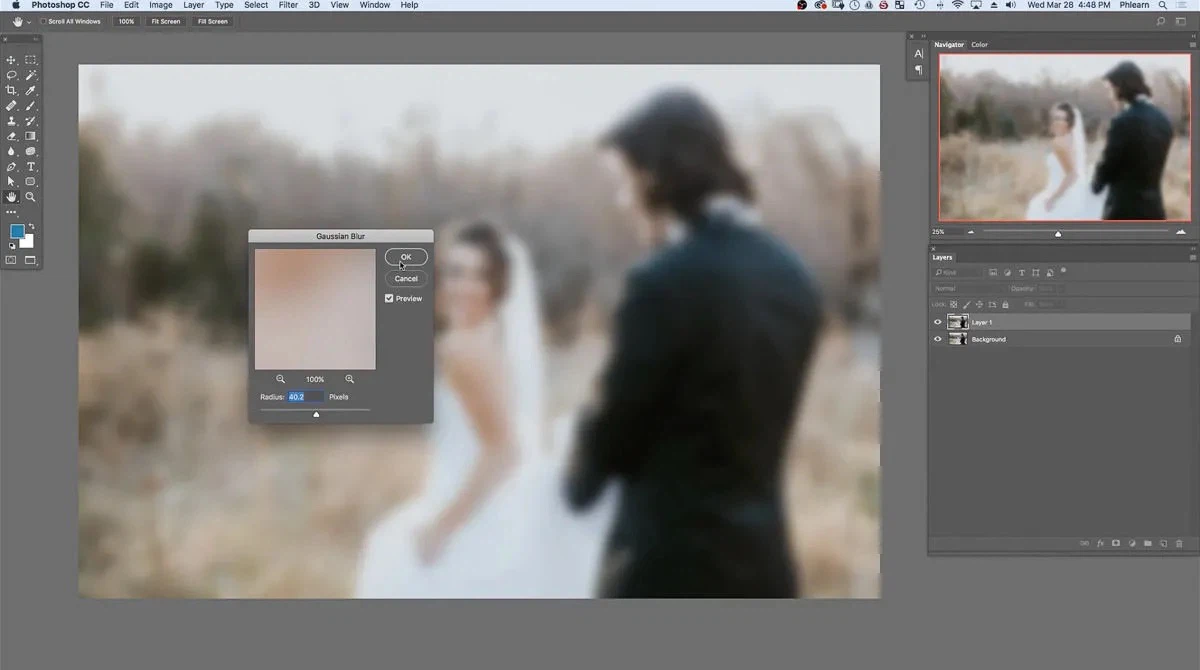How to tell the difference between real and fake Cordyceps, and what to look for when buying? These are considered basic questions about Cordyceps. So, today let’s join us in exploring the information surrounding Cordyceps to answer the above questions.
1 How to Identify Real and Fake Cordyceps
To distinguish between real and fake Cordyceps, you need to follow some of the following identification methods:
Observe the external shape
Shape and Form
 Distinguish by shape and form
Distinguish by shape and form
Real Cordyceps has a shape resembling a silkworm. The thinner, brownish head end, and the thicker, yellow-brown, dark yellow, or coffee-colored tail end with distinctive stripes around it.
Length
 Distinguish by length
Distinguish by length
Each branch of Cordyceps is about 5-8cm long. The head end is about 2-3cm long, and the tail end is about 3-5cm long.
Ridges and Grooves
 Distinguish by ridges and grooves
Distinguish by ridges and grooves
The tail end usually has 20-30 ridges, and every 3 ridges form a fold that wraps around the body. The head end has shallower and finer grooves.
Fake Cordyceps, on the other hand, often has flat folds due to being molded.
The “Head” End
 Distinguish by the “head” end
Distinguish by the “head” end
In real Cordyceps, the joints between the head and the tail end are very well connected. Notably, the essence of Cordyceps lies in the head end, so if it breaks, the Cordyceps loses its value.
Additionally, the head end usually has 3 main colors: The tip and end are dark brown to light black, the middle is coffee brown or yellow, and the remaining parts are brighter.
Legs
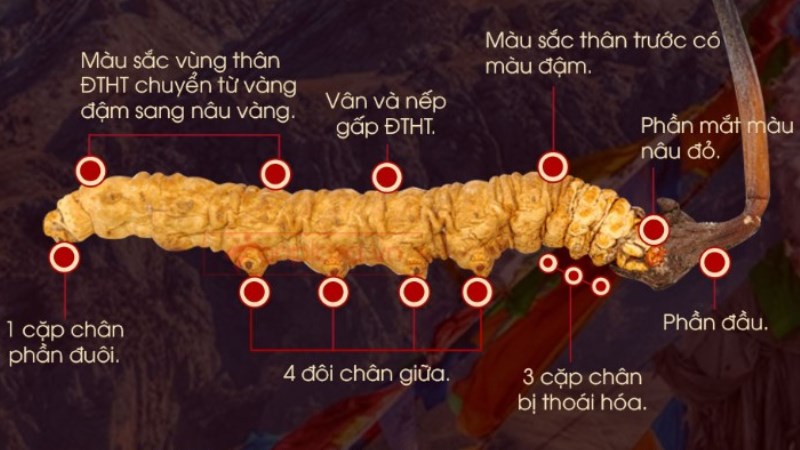 Distinguish by the number of legs
Distinguish by the number of legs
Real Cordyceps has 8 pairs of legs on the tail end, with 3 pairs of small, degenerated legs near the head, 4 pairs of symmetrical legs in the middle, and 1 leg at the very end.
Fake Cordyceps, on the other hand, usually has fewer or more than 8 pairs of legs.
Cross-section (Back)
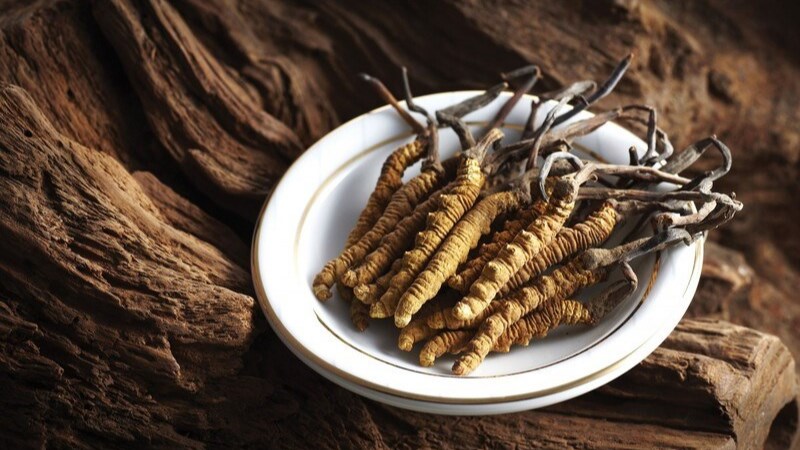 Distinguish by cross-section
Distinguish by cross-section
When cutting across the back of real Cordyceps, you will see a white, non-fibrous core with a black, V-shaped digestive tract in the middle.
Eyes
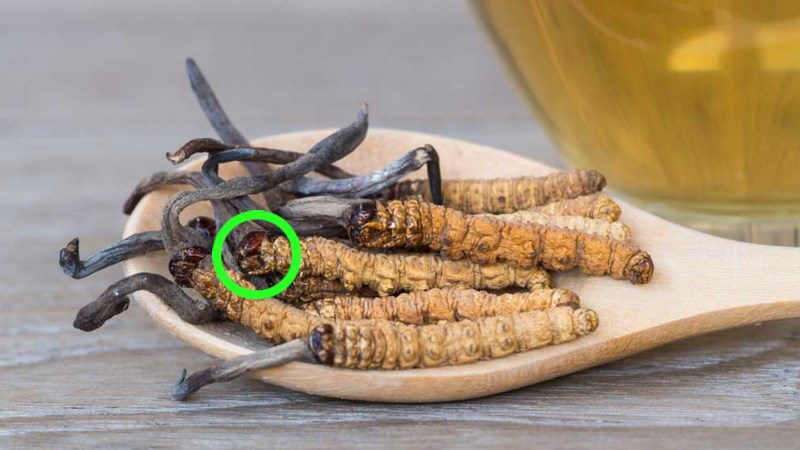 Distinguish by the eyes
Distinguish by the eyes
Real Cordyceps has a reddish-brown color with a coppery sheen at the joint between the head and tail ends, or the “eyes.” Fake Cordyceps, on the other hand, lacks this feature, and the eyes are usually a deep black.
Color
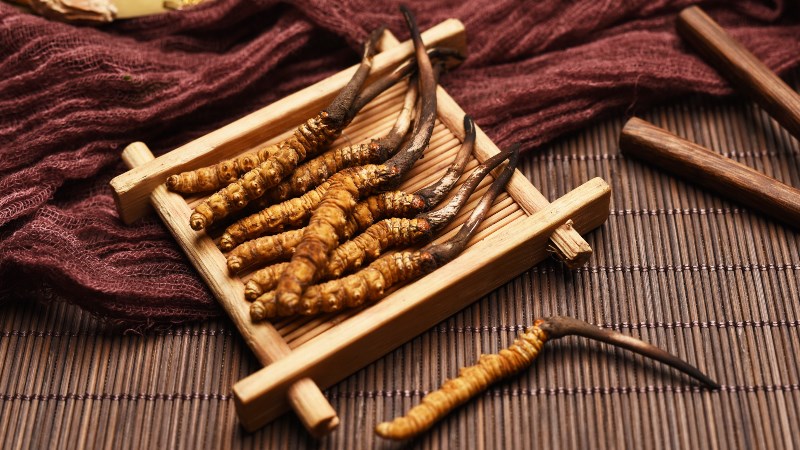 Distinguish by color
Distinguish by color
Real Cordyceps typically has colors like yellow-brown, yellowish-copper, and dark brown. While individual Cordyceps may have similar shades, the distribution of colors varies.
Fake Cordyceps, on the other hand, is usually a uniform yellow or dark brown.
Touch
 Distinguish by touch
Distinguish by touch
Real Cordyceps is very light because it has been dried. Fake Cordyceps, on the other hand, feels heavier due to the addition of lead inside to increase its weight.
Smell
 Distinguish by smell
Distinguish by smell
Real Cordyceps has a distinctive earthy smell, similar to that of a forest. Holding a few Cordyceps in your hand, the scent is subtle, but opening a box containing many will release a strong, characteristic fragrance.
Fake Cordyceps, on the other hand, often smells of chemicals or perfume.
Taste
 Distinguish by taste
Distinguish by taste
When chewed, real Cordyceps has a slightly fishy, nutty, and earthy taste, similar to ginseng. Fake Cordyceps, on the other hand, has a strong taste of soil and tends to stick to teeth when chewed for a long time, with a hardness resembling clay.
Silkworm Chrysalis is Not Cordyceps
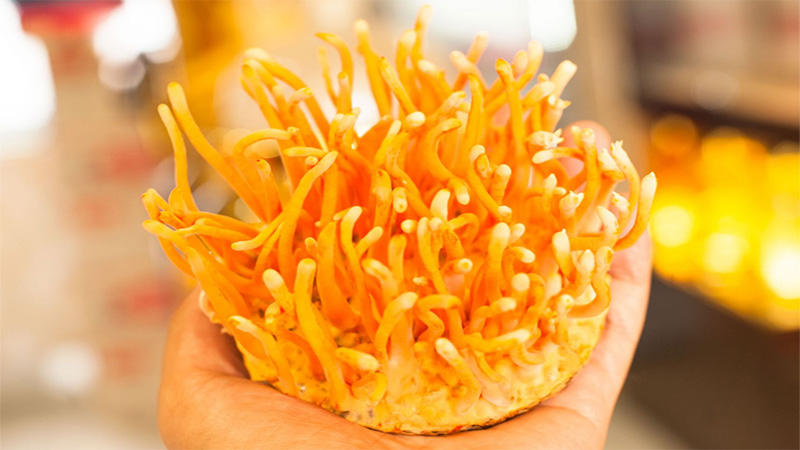 Silkworm chrysalis is not Cordyceps
Silkworm chrysalis is not Cordyceps
Silkworm chrysalis is a laboratory-grown variety, typically bright yellow-orange and growing in clusters. It usually has less nutritional value than natural Cordyceps.
2 Tips for Buying Real Cordyceps
 Tips for buying real Cordyceps
Tips for buying real Cordyceps
-
Request the seller to provide certificates of origin issued by relevant authorities.
-
Ensure the business has a license to operate and is reputable and well-known.
-
Demand test reports for the main active ingredients of Cordyceps.
-
Insist on having a comparison chart to self-check and distinguish between real and fake Cordyceps.
We have provided some useful information about Cordyceps. If you are interested in this topic, feel free to explore other aspects as well.

























